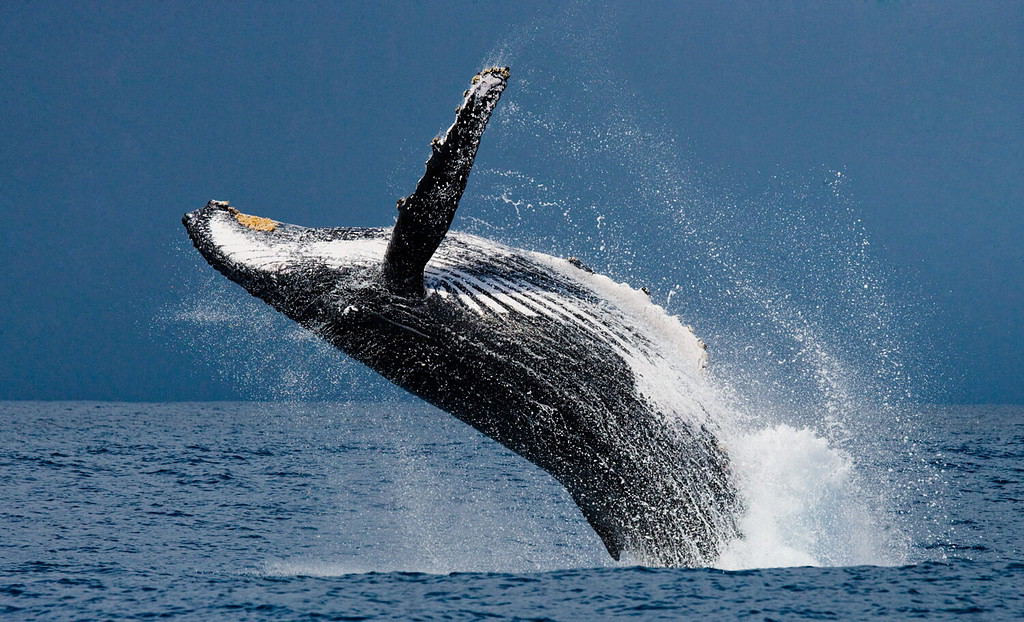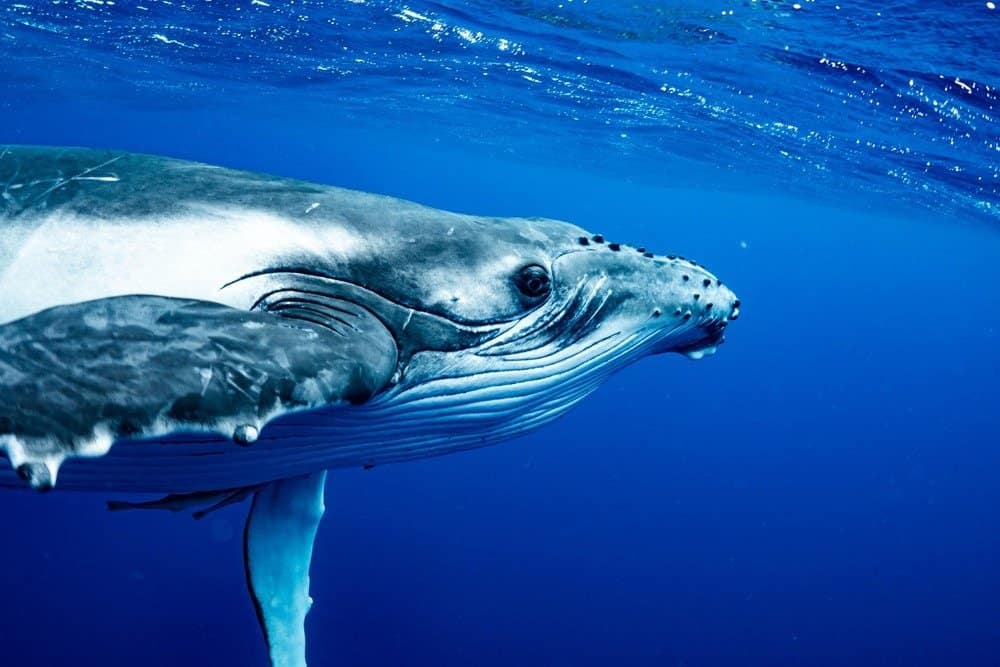Humans have long hoped to communicate with extraterrestrial life, but perhaps the most intriguing messages are coming from right here on Earth.
Researchers from the Search for Extra-Terrestrial Intelligence (SETI) and UC Davis have documented humpback whales producing bubble rings during friendly interactions with humans, suggesting these behaviors may be a form of interspecies communication. Indeed, there might already be a complex society on Earth that has been trying to talk to us.
‘A team of researchers from SETI and UC Davis recently published a paper documenting humpback whales producing bubble rings, particularly during interactions with humans. Scientists have observed humpback whales using bubbles for certain activities, but the study goes further. It suggests that whales may use their bubble patterns during interactions with humans, though the exact purpose of this behavior remains under investigation. Let’s learn more about this landmark study, as well as other research pointing to the possibility of human-whale communication.
Blowing Bubbles

Scientists believe humpback whale bubble patterns may be a form of interspecies communication.
©Danita Delimont/Shutterstock.com
A new study published in the Journal of Marine Mammal Science makes a stunning claim: humpback whales may be trying to communicate with humans using vortex bubble rings. Entitled “Humpback Whales Blow Poloidal Vortex Bubble Rings,” the study suggests that these bubble rings might be a form of whale language.
Scientists have long recognized the complex social bonds forged by humpback whales. What went underappreciated, however, is how much whales use bubbles for social signaling and hunting. They are known to use bubbles to corral their prey and to escort females. For the first time, scientists have documented humpback whales producing these bubble patterns during interactions with humans. While further analysis is needed, the study’s examination of ’12 bubble ring–production episodes involving 39 rings made by 11 individual whales’ is compelling. The research, which includes photographic evidence, suggests at least a primitive form of interspecies communication—one of the first documented cases.
Speaking Sonar

The same group of researchers (somewhat successfully) attempted an audio interaction with a female humpback whale in 2023.
©Ethan Daniels/Shutterstock.com
This isn’t the first time that SETI and UC Davis have offered up evidence of attempts at human-whale communication. Back in 2023, the same group of researchers published a fascinating look at whale intelligence and communication. Entitled “Interactive bioacoustic playback as a tool for detecting and exploring nonhuman intelligence: ‘conversing’ with an Alaskan humpback whale,” the study laid out the details of a 20-minute exchange between humans and whales.
The researchers had a call-and-response type interaction with a female humpback whale named Twain. Researchers recorded the whale’s responses to a ‘whup/throp’ call. It seemed the whale intentionally made noises back. She “actively engaged in the exchange during Phase 1 (Engagement), less so during Phase 2 (Agitation), and disengaged during Phase 3 (Disengagement).”
Whale Wonders

Humpbacks are a favorite of whale watchers due to their tendency to play at the water’s surface.
©GUDKOV ANDREY/Shutterstock.com
It’s hard to deny that whales are stunning creatures. Humpback whales, however, are in a category of their own—literally. They are the only species in the genus Megaptera. Named for the distinct humps on their dorsal fins, humpback whales can grow to between 45 and 55 feet in length. Our understanding of the inner lives of humpback whales is complex. Males also form casual yet competitive groups and sing long, articulate, haunting songs. Humpbacks communicate, coordinate, and even pass down cultural traditions. Whales from different regions of the ocean exhibit unique song patterns. This suggests a complex sense of memory and culture.
Humpback whales also show intelligence in their breaching and surface behavior. They are a favorite of whale watchers because they often spend time at the surface, slapping the water with their tails, throwing their bodies sideways, and doing flips. This behavior might reflect play, communication, or grooming. Tragically, it also makes them big targets.
Since the late 16th century, humpback whales have been heavily targeted by whalers. They are often the first whale species targeted in an area because they spend time near the coast. Over the ensuing centuries, humpback whale numbers dwindled further. In the 20th century, it is estimated that over 200,000 humpback whales were hunted in the Southern Hemisphere alone. By the 1960s, their numbers had fallen to just around 5,000 worldwide. While the humpback whale population has since partially recovered (estimated at nearly 80,000 individuals worldwide today), its struggle is far from over.
Incredible Implications

The research into whale bubbles and songs has some stunning implications for interspecies communication.
©Earth theater/Shutterstock.com
Researchers from SETI and the head of the UC Davis School of Veterinary Medicine may seem like an unusual team, but their collaboration has produced remarkable results. The researchers are not exactly sure what the whales are saying with their calls or bubbles. They are pretty sure, however, that the whales are saying something.
This research suggests some stunning implications: with the right set of signals, we may be able to speak to humpback whales. It also helps SETI researchers to broaden their understanding of non-human intelligence and language. At the very least, we might be able to uncover the meaning behind those beautiful, mournful humpback whale songs.
Thank you for reading! Have some feedback for us?
Thank you for your feedback!
We appreciate your help in improving our content.
Our editorial team will review your suggestions and make any necessary updates.
There was an error submitting your feedback. Please try again.


